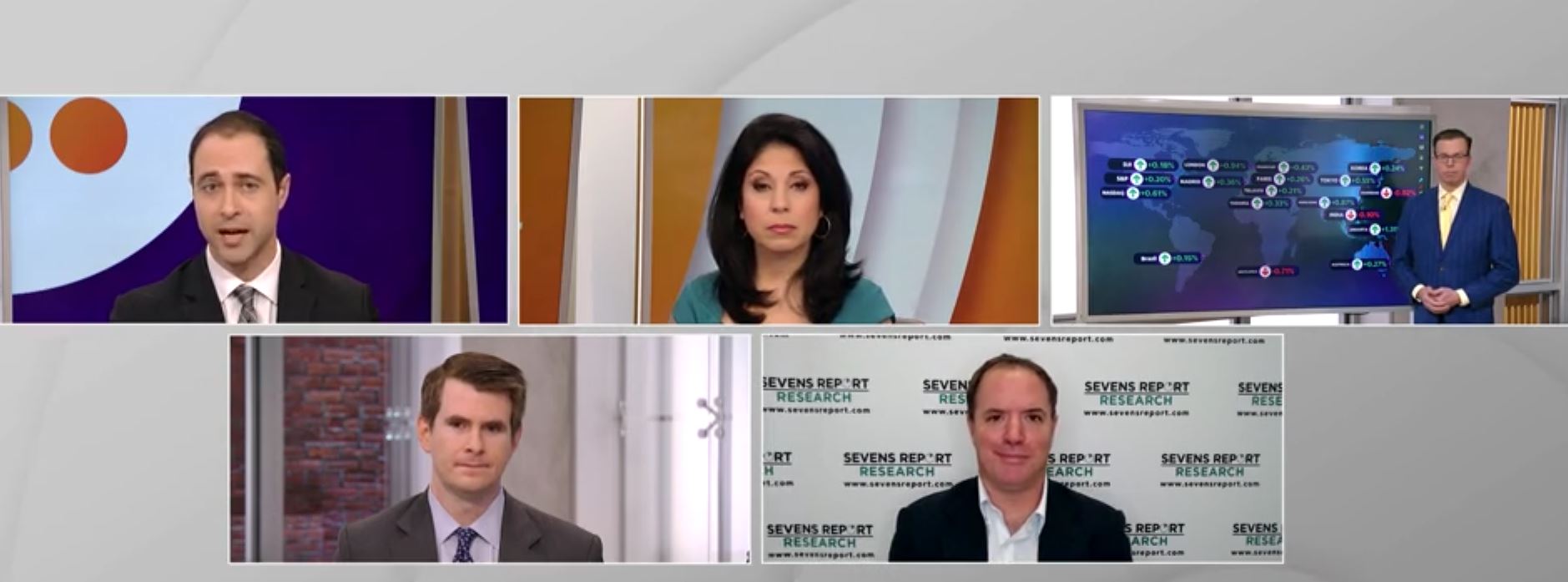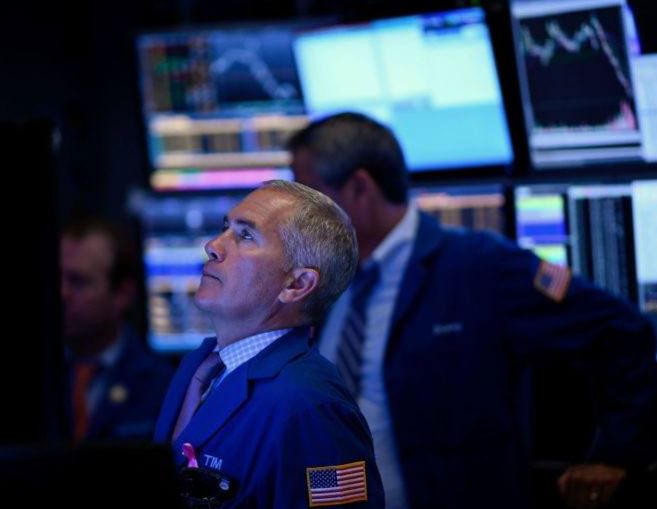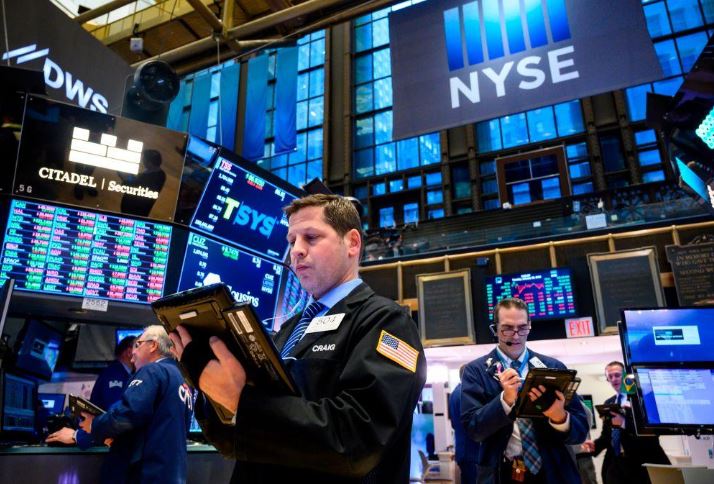Fed Meeting Preview
What’s in Today’s Report:
- FOMC Preview
Stock futures are slightly lower and bonds are rising modestly as investors digest yesterday’s new all-time highs in the S&P, eye Brexit developments, and position ahead of the week’s long list of catalysts.
British PM Boris Johnson is making a new push for a general election in early December, increasing the odds of a no-deal Brexit which is weighing on stocks this morning.
There are a few economic reports to watch this morning including S&P Case-Shiller HPI (-0.1%), Consumer Confidence (E: 128.6), and Pending Home Sales (E: -0.2%) but the market’s reaction is expected to be limited as the FOMC meeting begins which will likely lead to a degree of “trader paralysis” today.
Meanwhile, earnings season remains in full swing and there are several notable reports due today which could influence sector trading: MA ($2.01), MRK ($1.25), PFE ($0.63), GM ($1.31), AMD ($0.18), and AMGN ($3.51).




